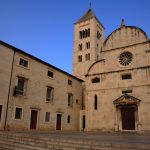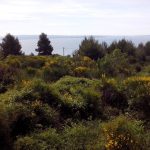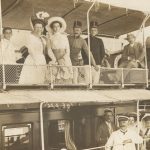How much do you know about the Pearl of the Adriatic? TCN’s Lauren Simmonds takes us on a tour of 25 things you need to know about Dalmatia’s popular tourist destination on January 30, 2016.
1) Dubrovnik was once an autonomous Republic
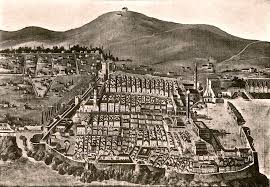
The Republic of Ragusa (former Italian/Latin name for Dubrovnik) or Dubrovacka Republika was a maritime republic that existed from 1358 to 1808. It reached its commercial peak in the 15th and the 16th centuries, before being conquered by Napoleon’s French Empire and formally annexed by the Napoleonic Kingdom of Italy in 1808. It had a population of about 30,000 people, out of whom approximately 5,000 lived within the city walls that still stand today. The motto was “Non bene pro toto libertas venditur auro”, which translated from Latin means “Liberty is not well sold for all the gold.”
2) Dubrovnik abolished slavery before the USA was even really a ”thing”
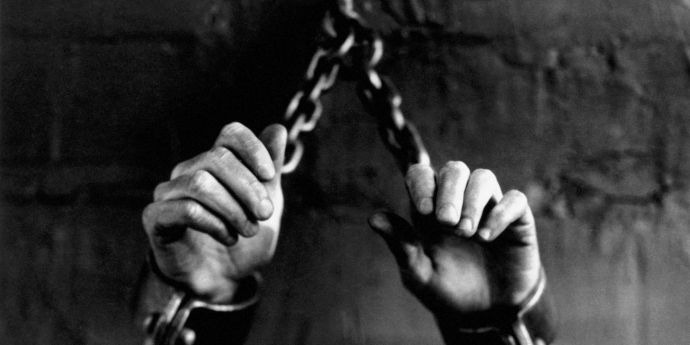
On 27 January 1416 the Dubrovnik Republic abolished slave trading and became one of the first in Europe to do so after Venice first abolished it in 960! The monumental decision to abolish the slave trade was found in Dubrovnik’s old statutes, until then, slavery was a legally recognised system in which certain people were legally considered the property of another. A slave had few rights and could be bought or sold and made to work for the owner without any choice or pay. Dubrovnik is proudly one of the first places in Europe to start the ball rolling to modern day human rights.
3) Time Stands Still
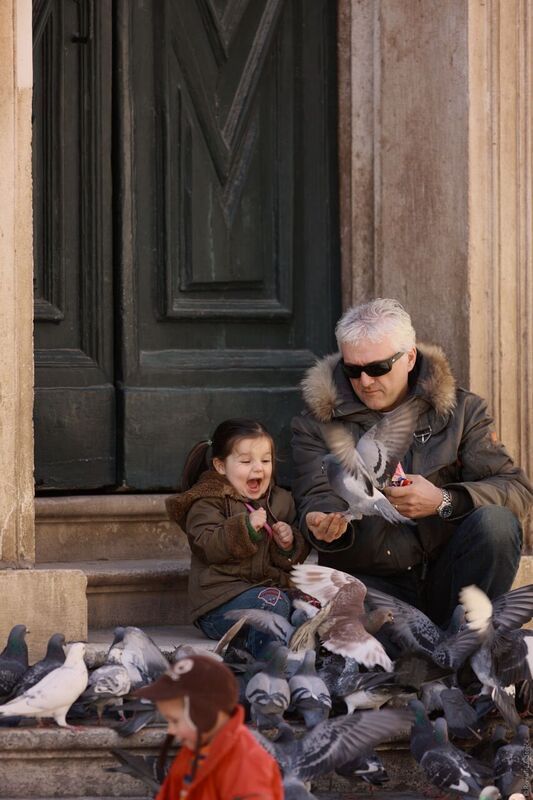 (Photo credit Romulic and Stojcic)
(Photo credit Romulic and Stojcic)
Apart from the obvious things, like electricity, WIFI and more recently selfie sticks and Go-Pro’s, Dubrovnik’s old city (stari grad) is a time warp. When you enter the city walls you could be entering a time zone from a mere 50 to a huge 500 years ago. The stone is ancient, the buildings are ancient and to this day no vehicles except those with permits are allowed to enter. Dubrovnik is a living, breathing museum.
4) Dubrovnik had fresh, running water from beautiful fountains while London had open sewers
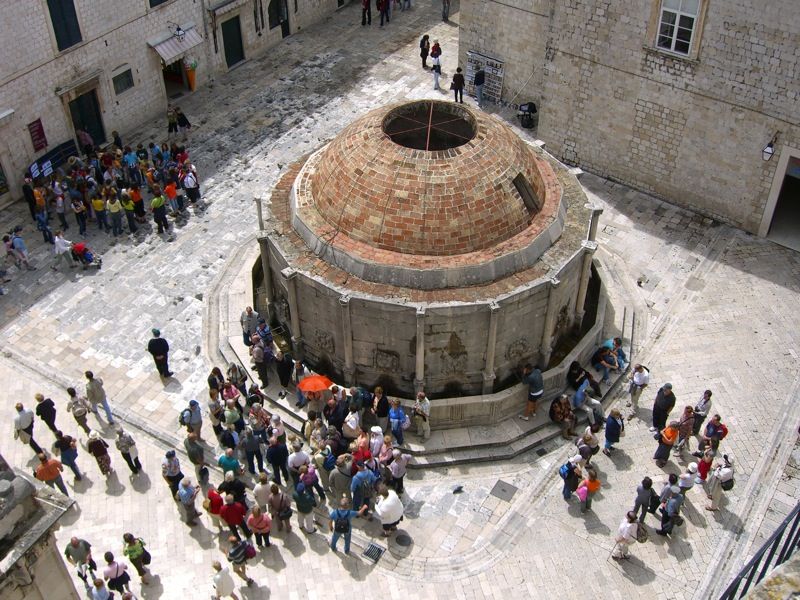
(Photo credit Onofriobrunnen.jpg)
Opposite the Church of Holy Salvation, next to Pile Gate, sits the magnificent fountain built by Onofrio della Cava. The fountain was sadly greatly damaged in an earthquake and its beauty and functionality impaired. It was erected as a celebration of the completion of the new waterworks in 1438, which thus supplied the city with water from the Dubrovnik River, approximately 12 kilometres away. This impressive fountain, with the beauty of its architecture and the gurgling of its pure, clean water became a favourite meeting place for the city’s citizens and visitors alike, it even features in the Renaissance comedy “Novela od Stanca” by Marin Drzic, the greatest Dubrovnik born comedy writer.
5) Dubrovnik has its own Shakespeare
(Photo credit Croq CC BY-SA 3.0)
Marin Drzic, after whom Dubrovnik’s theatre is named, is considered to be the greatest Croatian playwrite of all time. He was born in 1508 into a large family in Dubrovnik, where he was trained and ordained as a priest, a calling very unsuitable for his rebellious, impulsive temperament. Ordained in 1526, the young and dissatisfied Drzic was sent in 1538 to Siena in Tuscany to study the Church Canon Law, where his academic results were average at best. Thanks to his extroverted and warm personality, he is said to have captured the hearts of his fellow students and professors, and was elected to the position of Rector of the University, however he eventually lost all interest in his studies, and returned to the Dubrovnik Republic in 1543 where he became an acquaintance of Austrian adventurer Christoph Rogendorf, then at odds with the Vienna court. After a brief sojourn in Vienna, Drzic one again came back to his native city. Other vagabond exploits followed: a connection with a group of local Dubrovnik outlaws, a journey to Constantinople and a brief trip to Venice. After a career as an interpreter, scrivener and church musician, he even became a conspirator. Convinced that Dubrovnik was governed by a small circle of elitist aristocracy bent to tyranny, he tried to persuade in five letters (four of which survive to this very day) the powerful Medici family in Florence to help him overthrow the government in his home town; but they did not respond. He died both prematurely and suddenly in Venice on 2 May 1567 and was buried in the Church of St. John and Paul. One of his most famous comedies that has been performed internationally and is still popular today, is Dundo Maroje.
6) Along with a Shakespeare, Dubrovnik also has its own James Bond
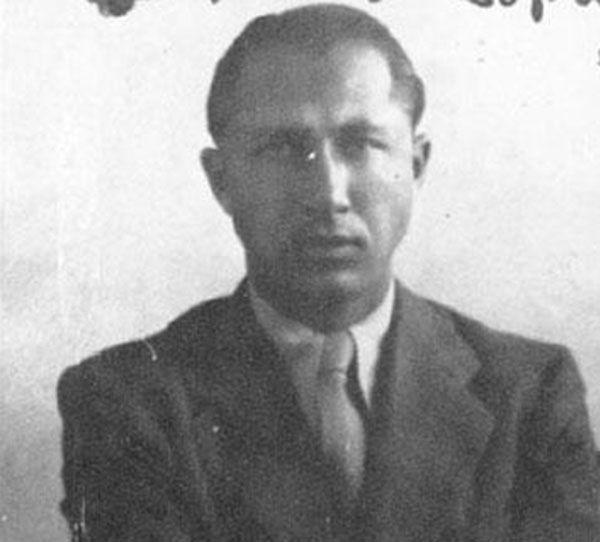
Dusan ‘Dusko’ Popov was a double agent working for MI5 during World War II under the code name ‘Tricycle’ and the Abwehr under the code name ‘Ivan’. He was born 10 July 1912 in Titel, Austro-Hungary, to a very wealthy family. The Popov family moved to Dubrovnik when Dusko was very young. He spoke fluent German and had many highly placed German friends in the Nazi party, but secretly despised the Nazis after earlier extremely unpleasant brushes with National Socialists during his university years in Freiburg. Popov had earned a Ph.D. in Law there, and then returned to Dubrovnik to practice briefly as an attorney. Eventually, Clement Hope, a passport control officer at the British legation in Yugoslavia enrolled Popov as a double agent with the codename Scoot (he was later known to his handler as Tricycle). Once accepted as a double agent, Popov moved to London. His international business activities in an import-export business provided cover for visits to then neutral Portugal as its capital, Lisbon, was linked to the UK by a weekly civilian air service for most of the war. Popov used his cover position to report periodically to his Abwehr handlers in Portugal. Popov fed enough MI6-approved information to the Germans to keep them happy and blissfully unaware of his actions. The assignments given to him were of great value to the British in assessing enemy plans and thinking. Popov was famous for his playboy lifestyle, while carrying out perilous wartime missions for the British.
In 1941, he was dispatched to the US by the Abwehr to establish a new German network, where he was given ample funds and an intelligence questionnaire. Of the three typewritten pages of the questionnaire, one entire page was devoted to highly detailed questions about US defences at Pearl Harbor on the Hawaiian island of Oahu. He made contact with the FBI and explained what he had been asked to do. During a televised interview, Dusko Popov related having informed the FBI on 12 August 1941, of the impending attack on Pearl Harbor. For whatever reason, either the FBI chief J. Edgar Hoover did not report this fact to his superiors, or they, for whatever reasons of their own, took no action in regard to this apparent German interest in Pearl Harbor. Popov said Hoover was quite suspicious and distrustful of him and, according to author William ‘Mole’ Wood, when Hoover discovered Popov had taken a woman from New York to Florida, he threatened to have him arrested under the Mann Act if he did not leave the US immediately. In 1944, he became a key part of the Operation Fortitude deception campaign. He was noted as a shrewd womaniser and he lived an extravagant lifestyle. He published his memoirs ‘Spy, Counterspy’ in 1974. He has been cited as among Ian Fleming’s models for James Bond. Popov died prematurely in 1981, aged 69.
7) ”THE” Walls
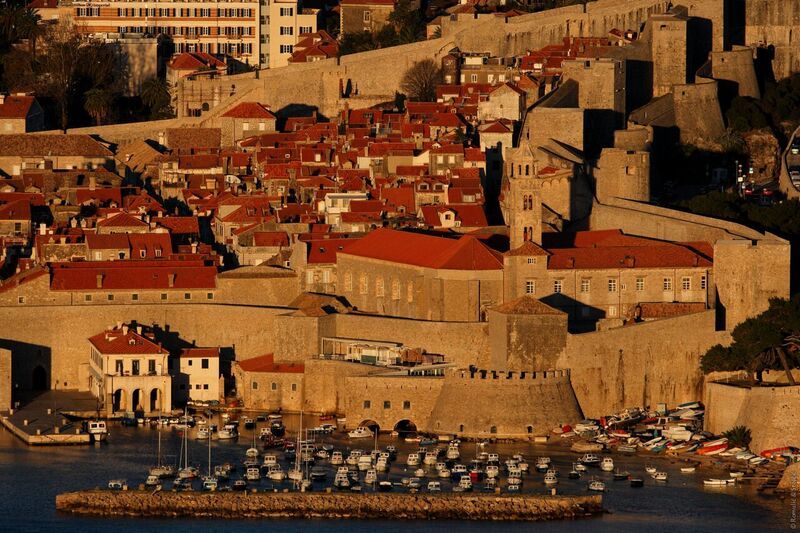
(Photo credit Romulic and Stojcic)
The famous walls of Dubrovnik have surrounded and protected the citizens of Dubrovnik since the city’s founding prior to the 7th century, with numerous additions and modifications throughout their history, they are deservingly considered to be one of the greatest fortification systems of the Middle Ages, as they were never breached by a hostile army during this time period. In 1979, the old city of Dubrovnik, which includes a substantial portion of the old walls of Dubrovnik, joined the UNESCO list of World Heritage Sites. The very oldest systems of fortifications around the town were likely wooden palisades. Today’s intact city walls were constructed mainly during the 12th–17th centuries, have long been a source of pride for Dubrovnik for centuries. The walls run an uninterrupted course of approximately 1,940 metres in length, encircling the vast majority of the famous old city, they reach a maximum height of about 25 metres. The bulk of the existing walls and fortifications we see today were constructed during the 14th and 15th centuries, but were continually extended and strengthened up until the 17th century. This highly imposing structure, amongst the largest and most complete in Europe, protected the freedom and safety of a republic that flourished in total peace and prosperity for some five centuries. The walls were reinforced by 3 circular and 14 quadrangular towers, 5 bastions, 2 angular fortifications and the large St. John’s Fortress. Land walls were additionally reinforced by one larger bastion and nine smaller semicircular ones. The outside of the walls were heavily armed by more than 120 cannons.
8) Lokrum is more than just an island
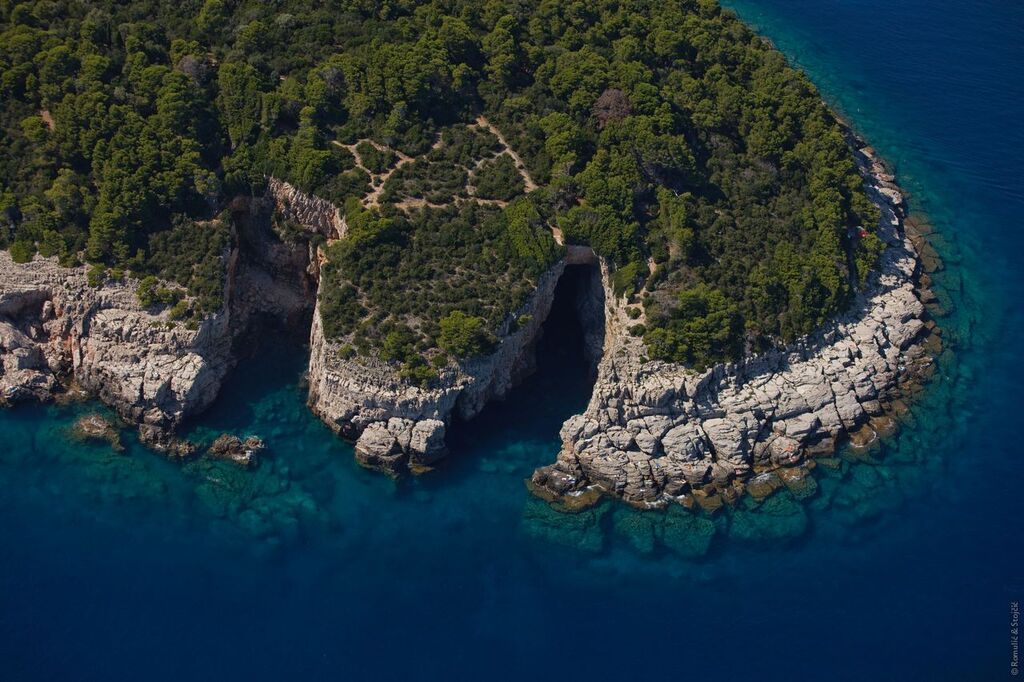
(Photo credit Romulic and Stojcic)
Sitting a mere 600 metres from Dubrovnik, Lokrum is a beautiful, natural island, but there is much more to Lokrum’s long story than one could expect. The first known written mention of Lokrum was in 1023 when the Benedictine abbey and monastery that still stand today were founded. The name Lokrum comes from the Latin, ‘acrumen’, that translates as ”sour fruit”, it is said that the name derives from the tradition of cultivating exotic plants on the island, a tradition that began at the time of the Benedictines. The last Benedictines left the island in 1808, on their last night, the monks placed a complex curse on the island and since then, anyone who tried to seek Lokrum for their own has met an unexpected and untimely death. According to legend, Richard the Lionheart was shipwrecked on Lokrum 1192 after returning home from the crusades, he pledged to build a church on the island in thanks, but at the plea of citizens, the church was built on the nearby mainland instead.
Archduke Maximilian Ferdinand of Habsburg had a mansion built on the island in 1859, it was originally purchased by Maximilian’s wife Archduchess Charlotte of Austria, and she retained ownership of the island even after she and her husband became Emperor and Empress of Mexico. After the Emperor Maximilian’s execution the island was surrendered to the Habsburg Family in a deal struck between Franz Joseph I of Austria and Leopold II of Belgium. Charlotte had become insane and Leopold had renounced in the name of his sister all claims to her and her husband’s property in Austria. Leopold was, in reality, far more concerned with acquiring his sister’s great fortune than with her rights to property in Austria. The island was given to Archduchess Elisabeth Marie of Austria as part of her marriage dowry; Yugoslavia claimed it under the Treaty of Saint-Germain. Princess Elizabeth stated that she was no longer a Habsburg, having renounced her rights on the occasion of her marriage; therefore Yugoslavia had no right to sequester the property. The case was settled by a payment of around $575,000 to the Princess. In 1959, a Botanical Garden was founded on the island which contains native and imported, tropical and subtropical plan life, the island is also inhabited by families of peacocks related to the original ones brought over by Maximilian from the Canary Islands. The island is full of life, natural beauty and ideal swimming spots, and is now a popular place to relax for both visitors and locals, and it holds a very special place in the hearts of citizens of Dubrovnik.
9) The relationship with the Ottoman Empire
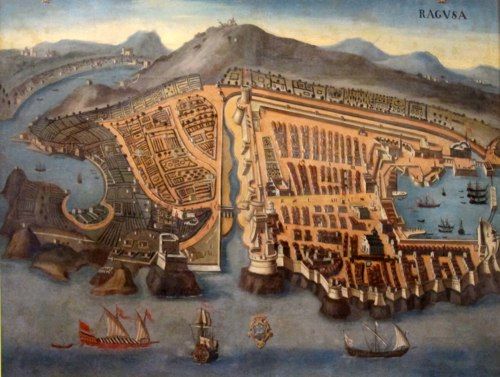
From the 14th century onwards, the Ottoman armies penetrated different European states one by one. After the fall of Constantinople in 1453, the then Republic of Dubrovnik realised that things as they knew them would end if they didn’t establish some sort good relationship with the Ottoman Empire. By 1465, Ottoman armies had taken Bosnia and Herzegovina, dangerously close to todays Croatian border, and Dubrovnik. Dubrovnik (then Ragusa) decided on a policy of neutrality, positioning itself both a protégé of the Pope and a vassal to the sultan. This allowed its ships and traders to continue to work despite tensions, balancing on the borderland of East and West, Christianity and Islam, Slav and Latin. By around 1500, Dubrovnik had very well-established relations with the Ottoman Empire through a tribute agreement known as the capitulations, the Republic guaranteed itself security, autonomy and continued prosperity. The Ragusan republic managed to continue its trade with both east and West. The often highly chaotic nature of the Ottoman Empire meant that stability was short lived, the precarious geographical position of Dubrovnik meant that the city state had to cultivate relations with other levels of the Ottoman administration in order to allow commerce to proceed, secure the continued protection and secure the peace necessary for the state’s survival, this was eventually achieved through significant and tiring efforts in a survival strategy that included bribes, gifts and services ranging from intelligence information from other European countries to medicine and finance. Along with various experts and diplomats, an important role was carried out by the dragomans, Orientalist experts and translators of the Turkish language as it then was. It was the dragomans who were vital in establishing the successful networks between East and West that allowed continued prosperity and security for Dubrovnik.
10) Dubrovnik is a city of art
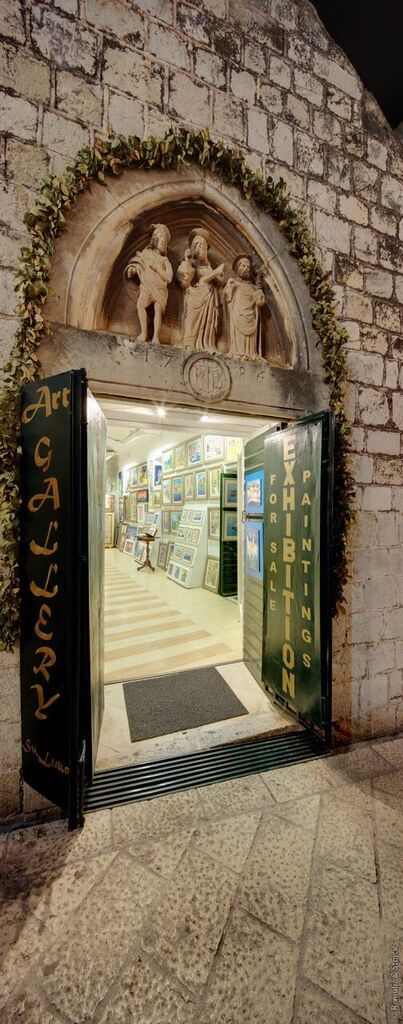
(Photo credit Romulic and Stojcic)
Art is a long running theme here, with famed creative minds that have existed over the centuries bringing eternal pride to the city and its residents. There are 11 prominent art galleries in Dubrovnik, with many other smaller, private studios dotted around. Exhibitions of both works by local artists and those of famous masters such as Salvador Dali are very frequent and often in beautifully selected locations.
11) Mount Srdj
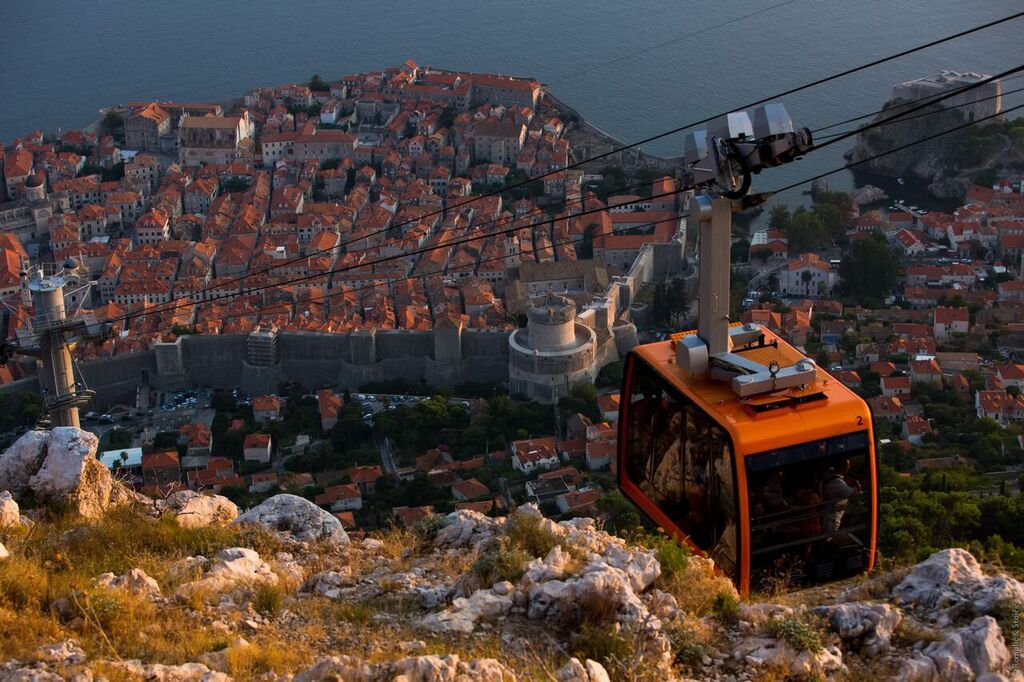
(Photo credit Romulic and Stojcic)
This mountain, pronounced (serdge) is more than just a good vantage point for photographers and a nausea inducing height above sea level for Acrophobics. It has an enormous importance. It is located just behind the walled city of Dubrovnik, and at 412 metres tall, it is difficult to miss, the top of it adorned with Fort Imperial which was built between 1806 and 1816 during the Napoleonic Wars, which is now a museum commemorating the Croatian Homeland War and the Seige of Dubrovnik. The stunning view from the top can be reached by foot or by cable car, it showcases the old city, Lokrum, and local islands, and an impressive look at both the interior of Croatia and Bosnia and Herzegovina from the back. It was once covered with dense forests full of oak trees which locals called Dubrava, after which the city of Dubrovnik was named. The southern slope was also once rich with pine forests, but in the second half of the 20th century and during the war in numerous fires, the forest was almost completely destroyed.
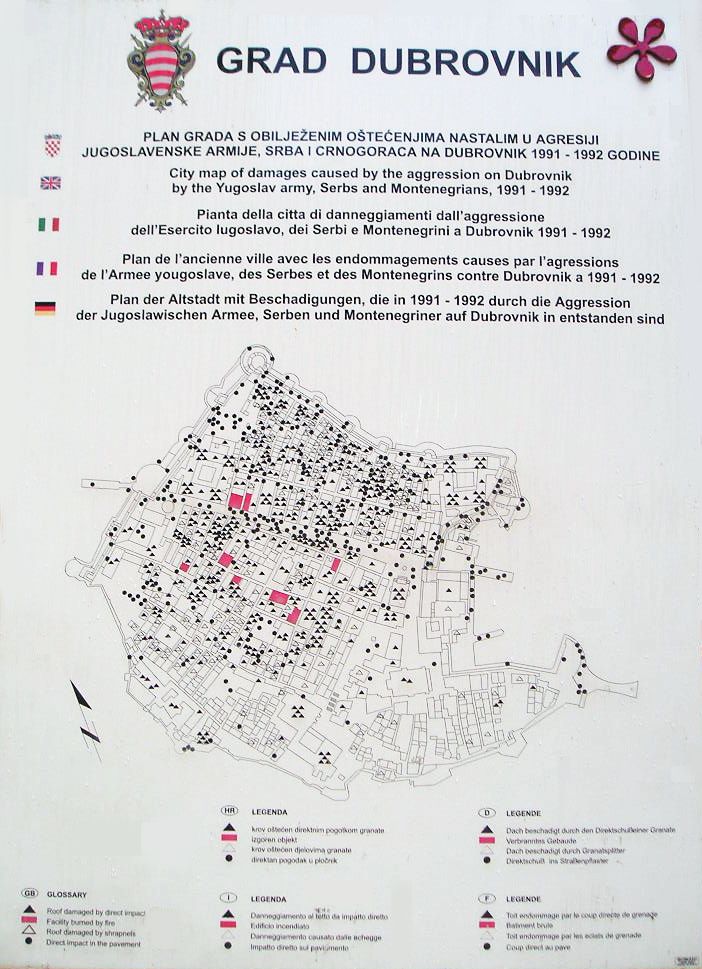
Srdj was home to one of the fiercest battles of the 1991-1995 Croatian War of Independence, namely the Siege of Dubrovnik, when Serbian forces violently attacked the city, a UNESCO World Heritage under attack, something much recently witnessed in Syria with ISIS in Palmyra. Visit the Homeland War Museum at Fort Imperial on the top of Srdj.
12) Game Of Thrones
https://www.youtube.com/watch?v=PN63bg_OSL0
Dubrovnik is one of the filming locations for the hit series, it has attracted millions of tourists to the city and has boosted tourism beyond belief. Tours of specific filming locations are sold, as well as merchandise. With the possibility of a new Star Wars being filmed here too, Dubrovnik is becoming a hit with film and TV buffs.
13) Dubrovnik is not as expensive as people claim
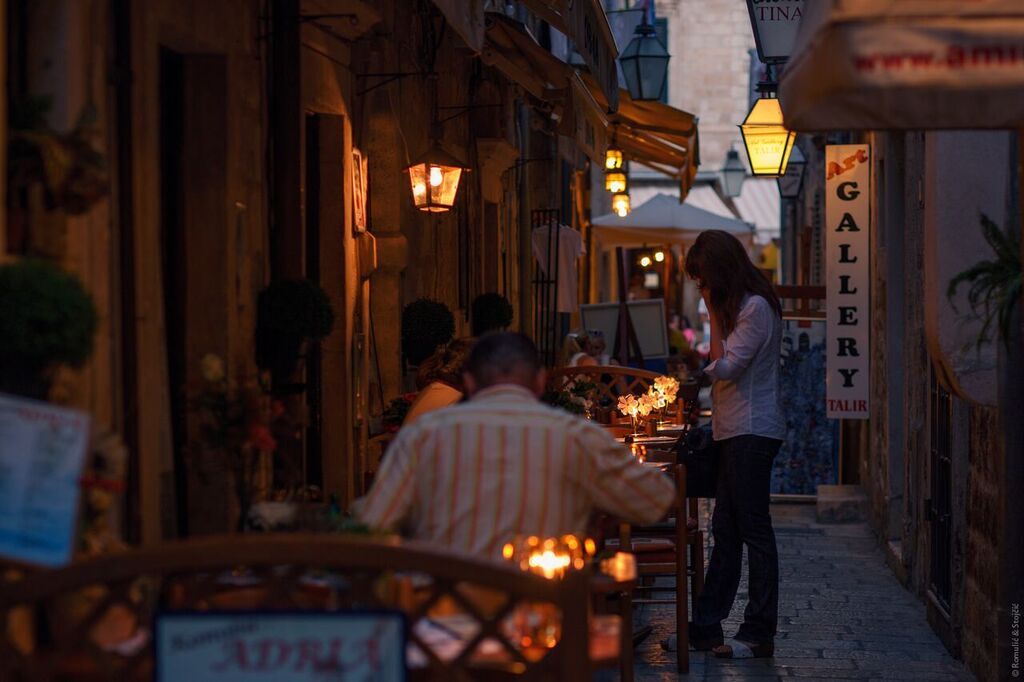
(Photo credit Romulic and Stojcic)
I hear very many people talk about how expensive things are here, and am always baffled. Yes, there are a handful (okay, maybe more than a handful) of overpriced places, but you get that anywhere. If you’re willing to venture further than Stradun for your meal, you’ll be very pleasantly surprised at how cheap good food and drink is. Konoba Lanterna (next to Taj Mahal Bosnian restaurant) in the old town is my personal recommendation, but the list really is long and dining in Dubrovnik doesn’t begin and end with high end fine dining restaurants like Porat or Nautika.
14) Its a walkable city
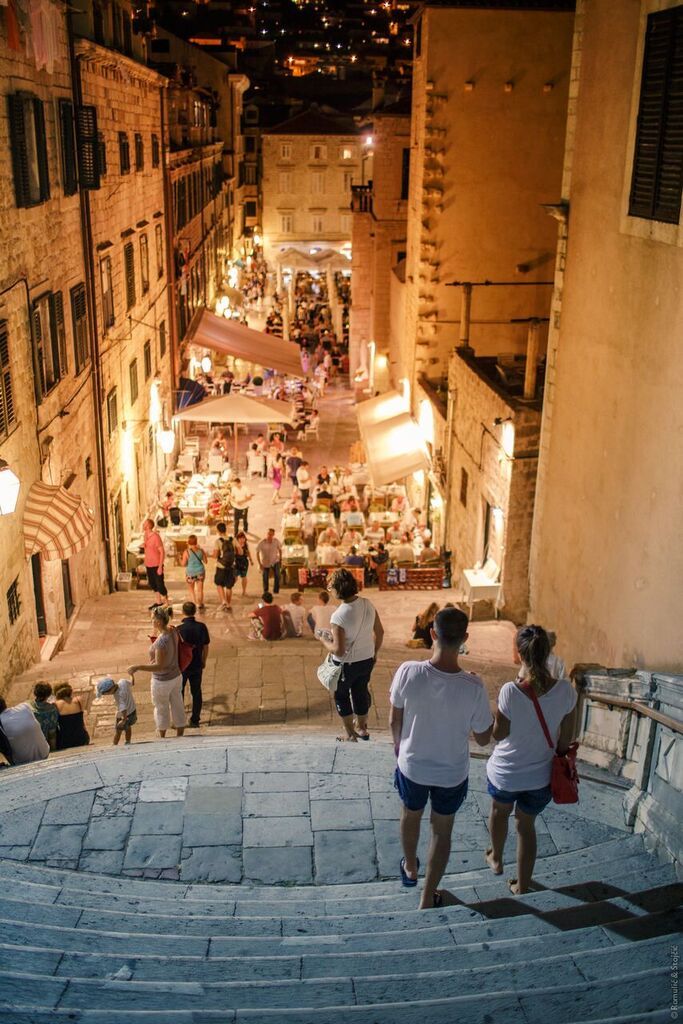
(Photo credit Romulic and Stojcic)
Dubrovnik is a very small city, if you’re able bodied you can walk anywhere here. The endless supply of stairs can be a little uninspiring but they make sure you’ll lose weight no matter how much seafood and Ozujsko you indulge in. Nothing is ”far away” in Dubrovnik and the incredibly beautiful scenery is more than inspiring enough to make you want to go places on foot.
15) Park Orsula
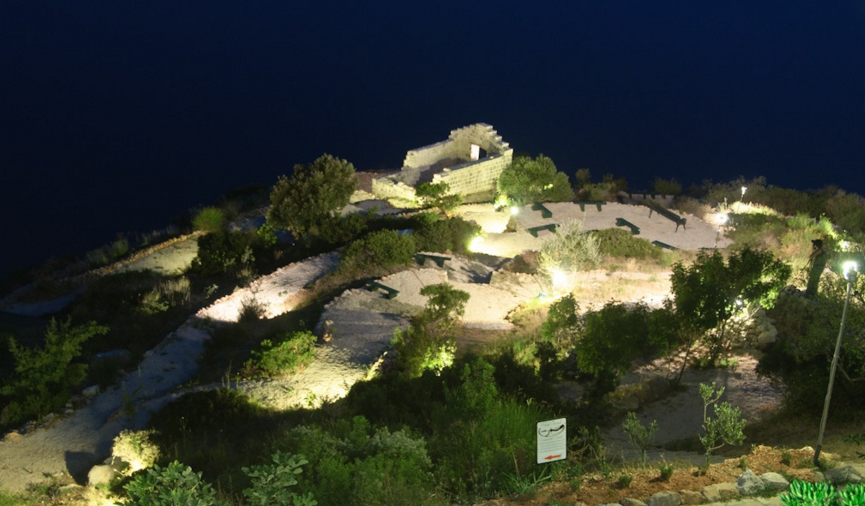
((Photo credit www.parkorsula.du-hr.net/category/basic-information)
Dubrovnik is a small hub of life and while that is charming, in summer the crowds can get a little too much. If you want the peace and quiet of birdsong and crickets, you can take a stroll or a drive up to Park Orsula. During summer, concerts are held there at night and the only difficulty is keeping focus, surrounded by nature, with the sparkling city lights of the old town of Dubrovnik below it is a truly unique experience. Not bad to say all it was originally was an abandoned dirt yard that nobody wanted!
16) You can visit neighbouring countries very easily
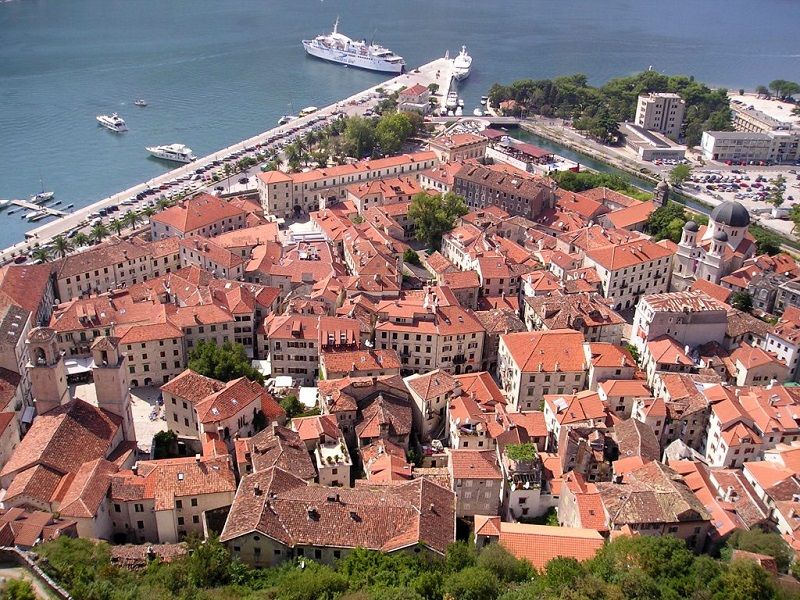
Montenegro and Bosnia and Herzegovina are a mere hour or so away from Dubrovnik by car and when using Dubrovnik as a base, you can find yourself visiting multiple countries in a matter of days. Transport links with both countries are excellent and cheap.
17) Cats own the streets

(Photo credit August Dominus CC BY-SA 4.0)
Cats. Cats everywhere. If you’re an animal lover you’ll be in heaven. Dubrovnik’s cats have become rather iconic and they are quite literally everywhere you go, most of them are very friendly and will appreciate your attention.
18) Dubrovnik is a city of functional fountains
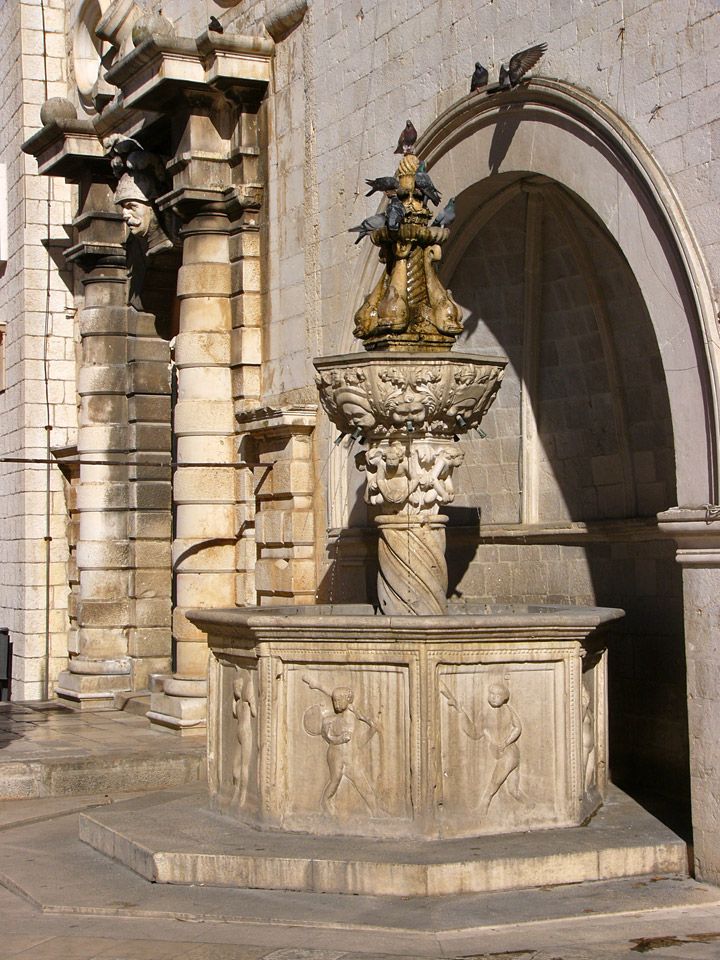
(Photo credit Lkuncevic)
I mentioned Onofrio’s fountain earlier, but that is just one of the many beautiful old fountains here. All of them have drinkable water and you’ll often see people gathering around them to fill up their water bottles. Its practical, free and charming.
19) Island hopping is quick and easy
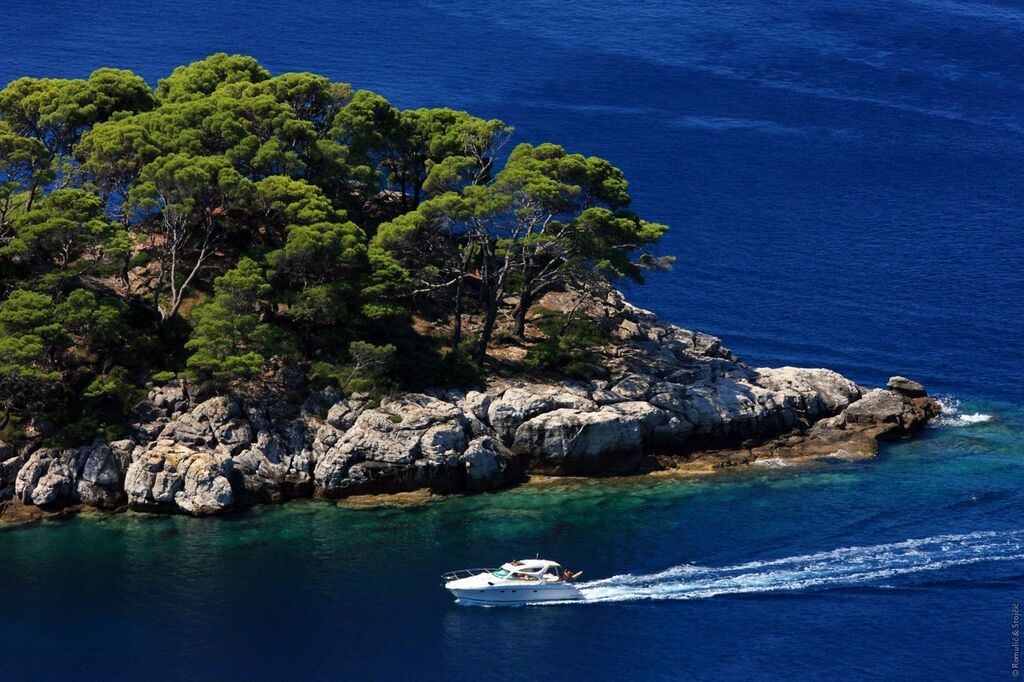
(Photo credit Romulic and Stojcic)
You are able to visit a variety of islands from Dubrovnik and very easily. Kolocep (Kalamota), Lopud, Sipan, Korcula and Mljet are all very close to the city and are perfect for swimming and relaxing. There are excursions that can take you to a pre-selected list of islands or, if that’s not your thing, you can take boat taxis to individual ones, do your own thing and spend as much time as you’d like there. Marco Polo was born on the island of Korcula and his birth house can be visited to this day, Mljet’s national park is jaw-droppingly beautiful and the Elaphite islands (Kolocep, Lopud and Sipan) are all wonderful, slow-paced places that time forgot, offering a glimpse of life as it once was.
20) Kayaking is abundant
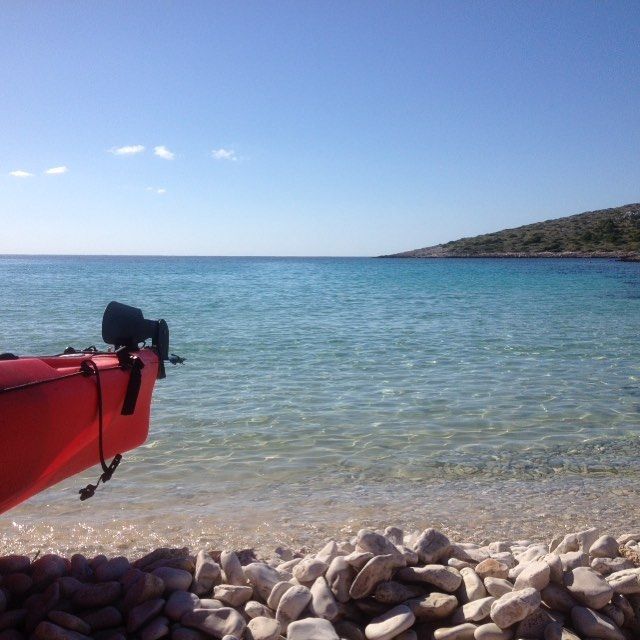
(Photo credit Romulic and Stojcic)
If you love the sea, being active and want a look at the city from an angle less seen, hop on a kayak. There are two kayak bases near the old city, one on Banje (formerly East West) beach, and another one at the other end at Pile bay.
21) Dubrovnik doesn’t end at the walls of the old town
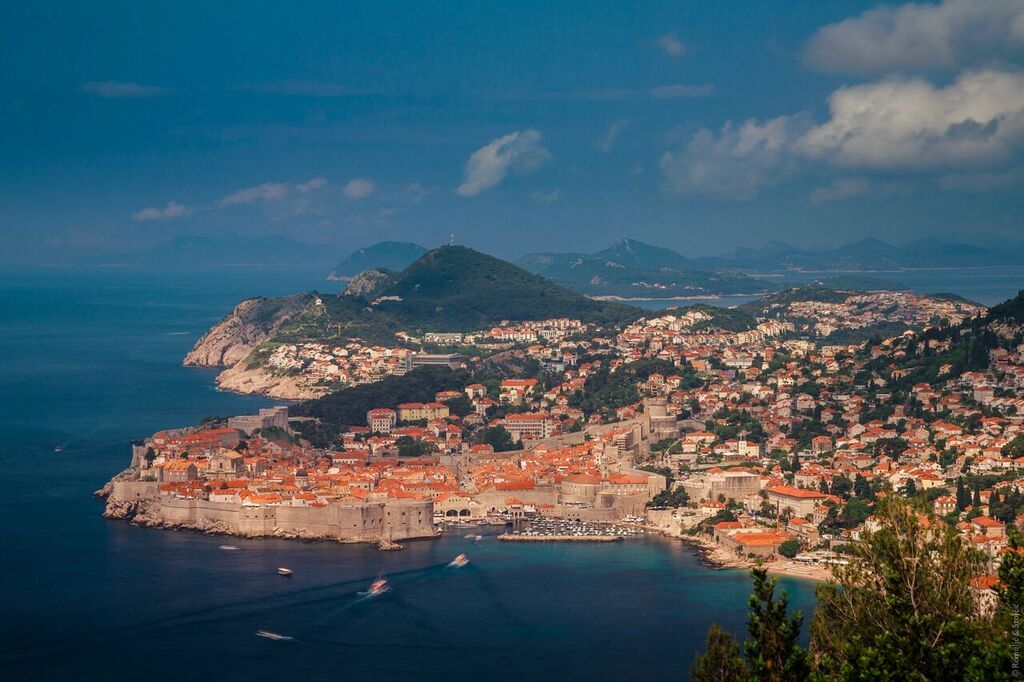
(Photo credit Romulic and Stojcic)
The suburbs of Dubrovnik are just as appealing and pretty as the famous old town. Lapad has great bars and restaurants, Babin Kuk is great for swimming in a natural environment, Gruz has a wonderful marketplace and connections to places further afield with Jadrolinija.
22) The unusual places to drink and enjoy the view
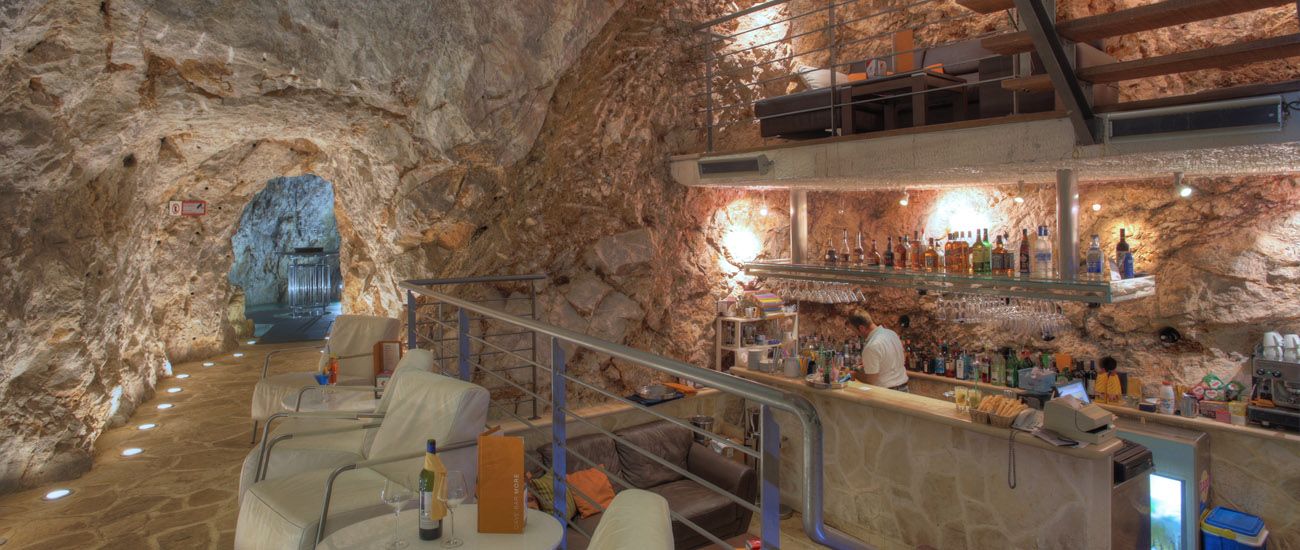
(Photo credit www.hotel-more.hr)
Dubrovnik is one big view, so this may sound like a stupid or rather obvious thing to say, but there are views, and there are views. Perhaps the most talked about bar is Buza bar, which literally means ”hole in the wall”. It is a hidden gem that can be tricky to find at first, but is so worth it. The view is of the sea, Lokrum, and nothing more. Another great place is Cave Bar More, this quaint little place is located in Lapad, on the other side of the city, this quiet and sun kissed terrace juts out over the sea, and as the name quite clearly suggests, the restaurant and bar itself is inside a natural cave.
23) Dubrovnik is home to the oldest working pharmacy in Europe
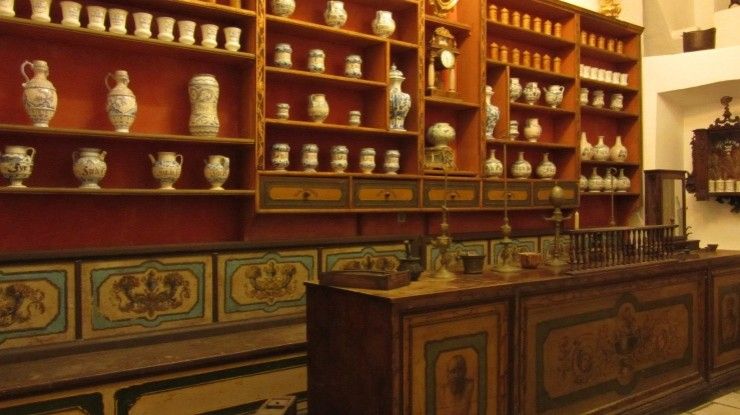
(Photo credit neverpresent.traveljournal.net)
Within the walls of the old city sits the Franciscan Monastery, a sight already on many must-see lists, and with reason, but what lies inside the monastery is truly incredible in itself. The Old Pharmacy. It is the third oldest in Europe and the oldest pharmacy still in use on the continent today. Originally opened in 1317, the Old Pharmacy has been in operation for over 700 years. Anyone with an ailment can still go in to purchase medicine, and if you’re not sick, you can go and view it in all its ancient glory. Many original objects, such as stone bowls, ancient lab equipment, ceramics and enormous medical books are on display in the monastery museum, yet the many containers set on its shelves are still in their original spots and date all the way back to the 15th century.
24) Dubrovnik’s summer festival
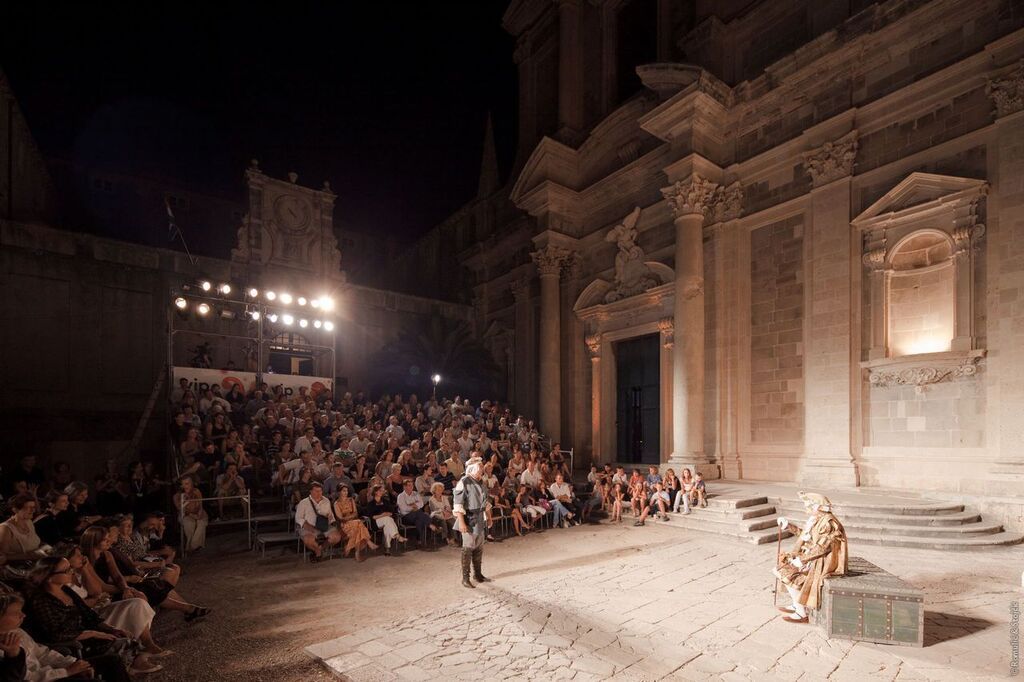
(Photo credit Romulic and Stojcic)
This celebration of all things creative takes place every year from 10th July to 25th August, with theatrical and musical performances every evening, its history mandates a rich and vibrant program in the field of the arts. The unique and relatively unchanged festival is loved across Europe and further, with regular attendees travelling across the world to enjoy it. The beautiful city of Dubrovnik plays an important role for the festival: its ancient walls and surroundings are the stage to the events. Classic theatrical and ballet productions are held on the town streets and squares, making everyday normality in Dubrovnik deeply immersed in the festival during this time. The much loved festival always hosts some of the world’s most famous composers, soloists and orchestras. There is literally no other place in the world which could host the Czech Philharmonic, the Hallé Orchestra, the French Radio Orchestra, the Suisse Romande Orchestra, the RAI Symphony Orchestra and many chamber and vocal ensembles all at the same time.
25) You will fall in love
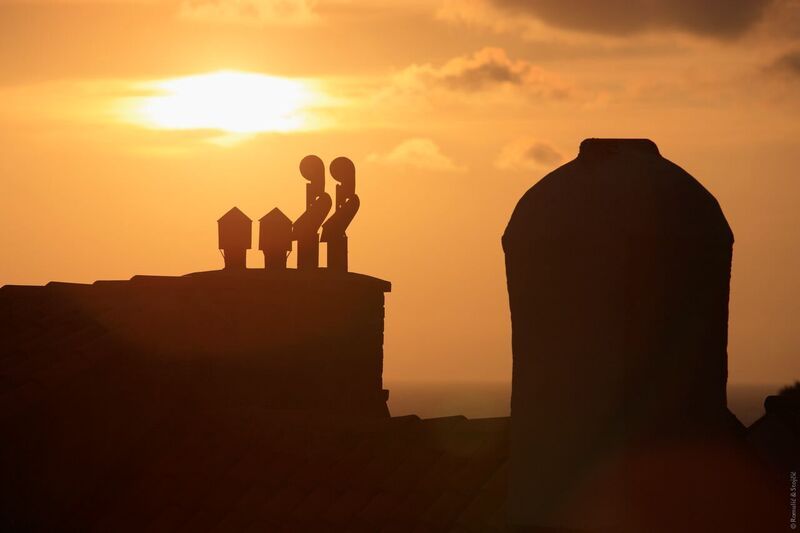
(Photo credit Romulic and Stojcic)
Maybe not with a person, or one of the many cats, or with the seafood or the masses. But you WILL fall in love with Dubrovnik. There is something magical about this city that is very difficult to properly describe. The positive vibrations, the struggles it faced time and time again, with one of the most horrendous periods of Dubrovnik’s history only a mere 20 years ago, the good energy and even the regular humdrum of life here is somehow enticing, and once it grabs you it never lets you go.
With special thanks to Romulic and Stojcic for permission to use their excellent photos.
Still not had enough of Dubrovnik? Check out the Pearl of the Adriatic from the air.

